Organise Efficiently with Zapier — Dropbox / S3 / Sheets— Integration to organise scanned documents and important attachments
One biggest problem with my google drive is that it’s flooded with a lot of documents, images and everything which seems really important during that instant of time with names which are almost impossible to search later.
I tried various Google APIs and Python programs with Oauth2.0 and its integration is, not something easy and needs tinkering for the OAuth consent page.
I wanted something easier, a workflow when I scan documents in the scanner-pro app on IPAD/iPhone and upload them to storage it should then be organised with certain rules which can be easily searchable and also listable. What I mean by listable is that I need some sort of Google Sheet integration which can just enter the filename and date once it’s uploaded to S3.
When there is an excel sheet even if the search is available it gives me so much pleasure to fire up pandas and analyse or search for it, just makes me happy
Note: I am a Paid user of Zapier and using S3 is a premium app, Am not an advertiser for Zapier in any way, I found the service useful
Moving on, here is the workflow
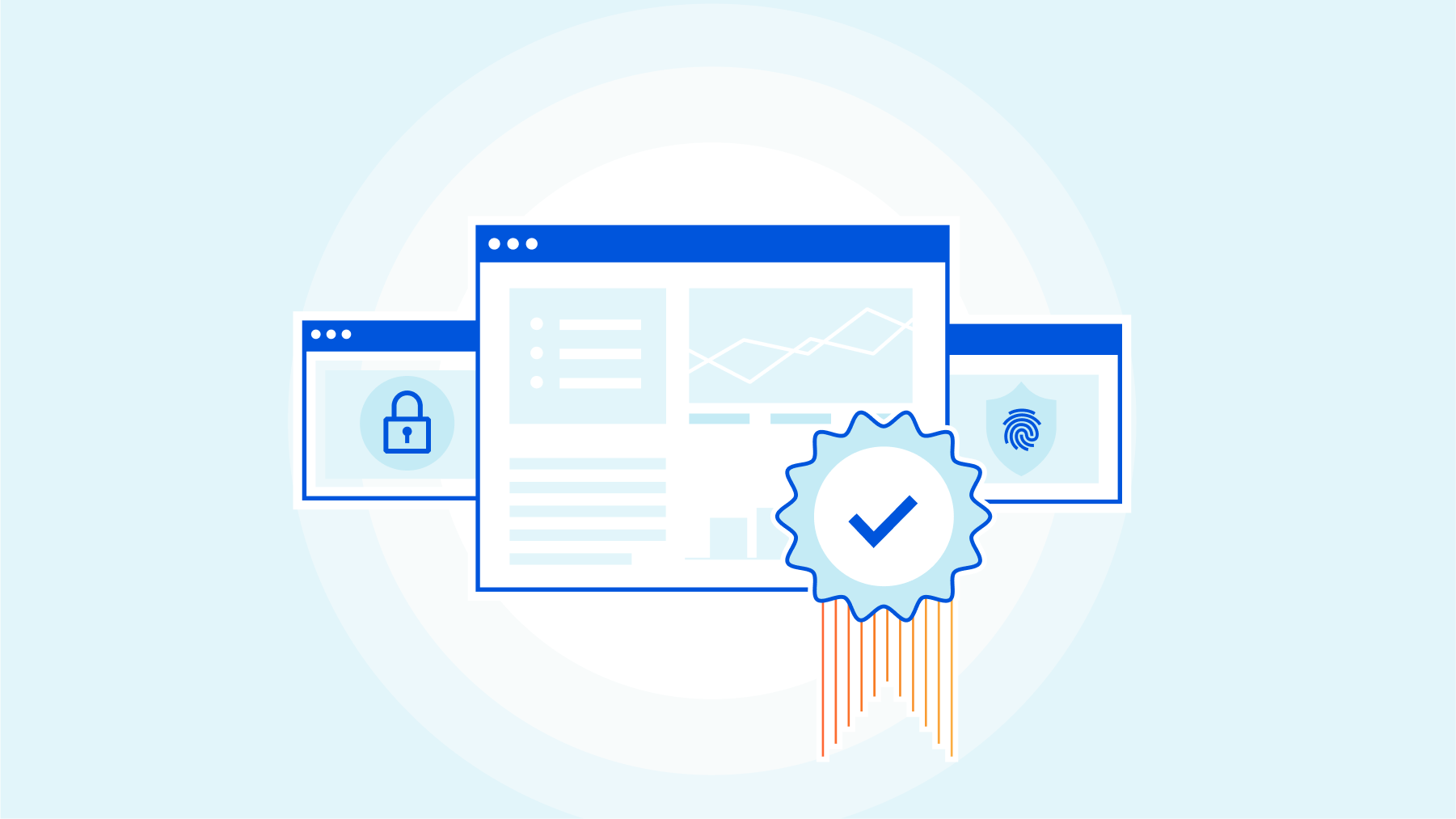
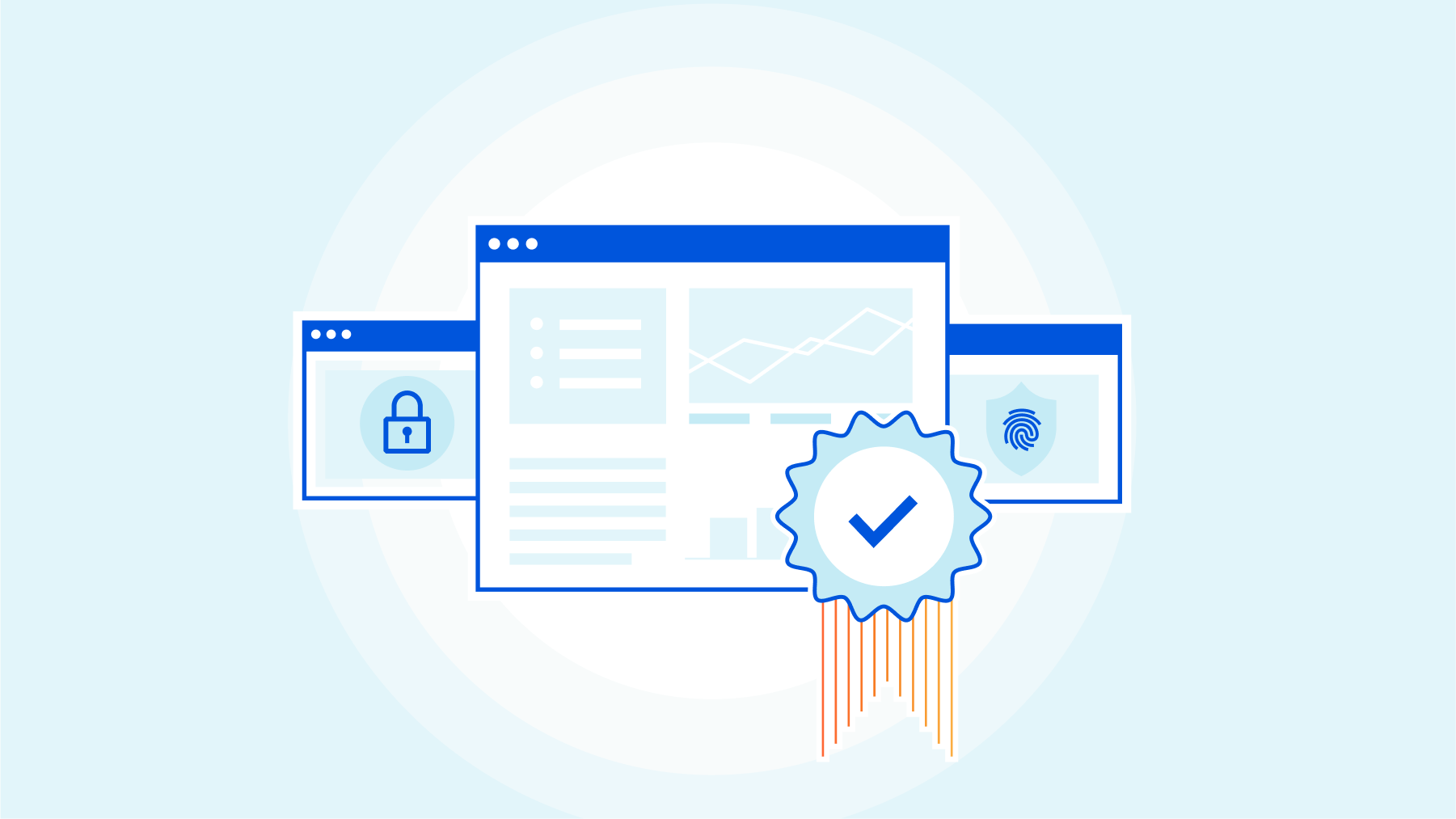




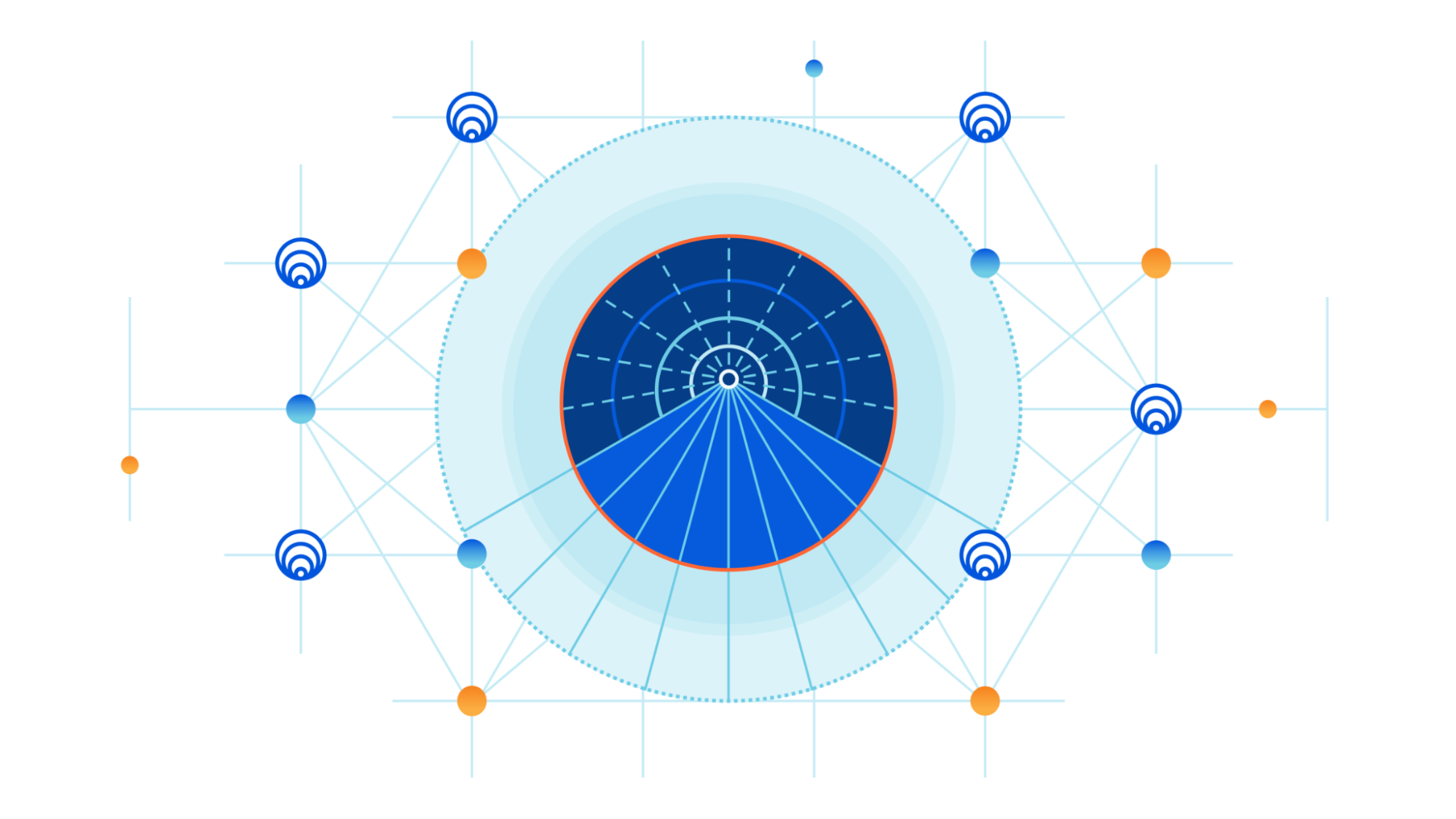
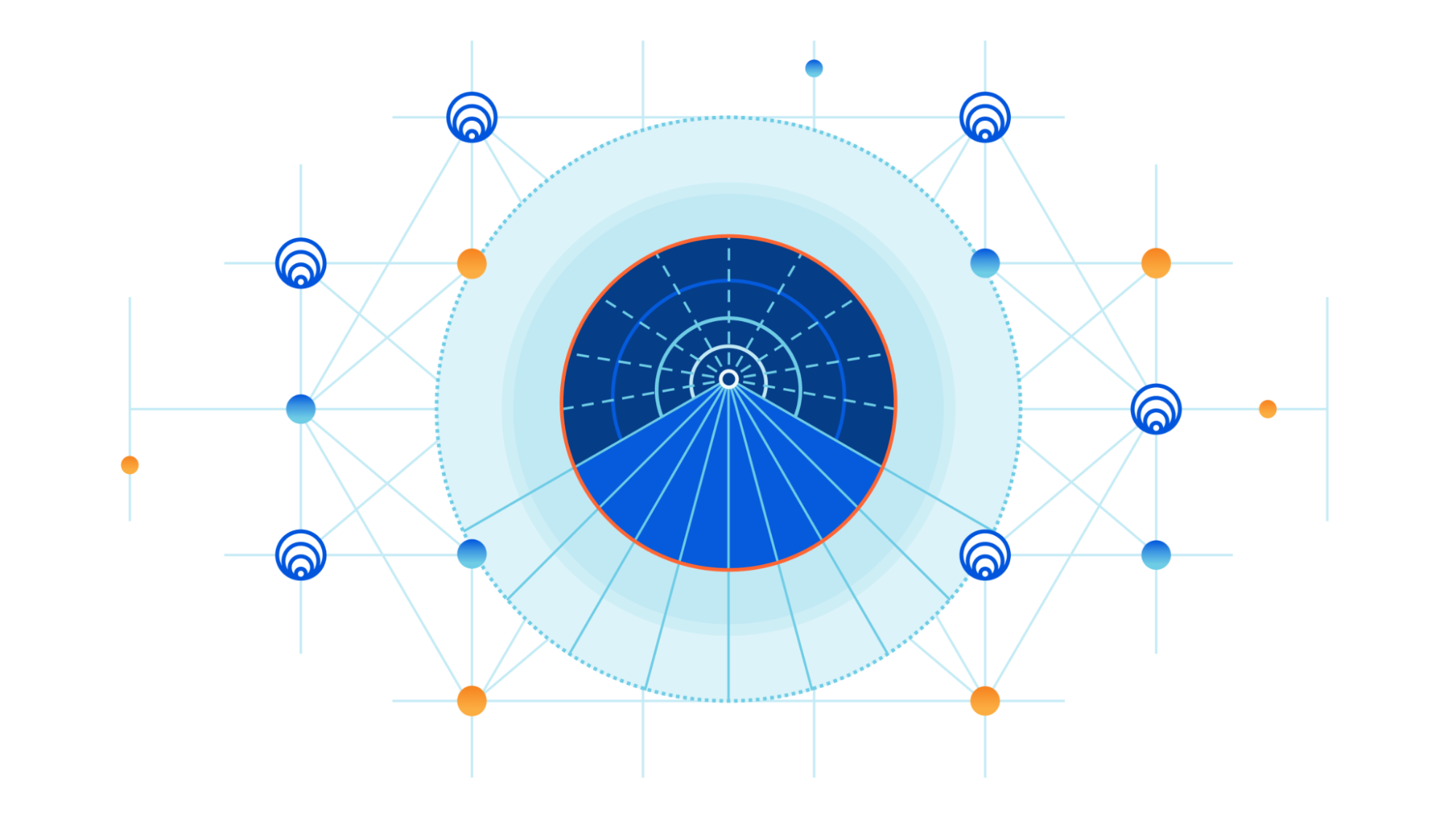
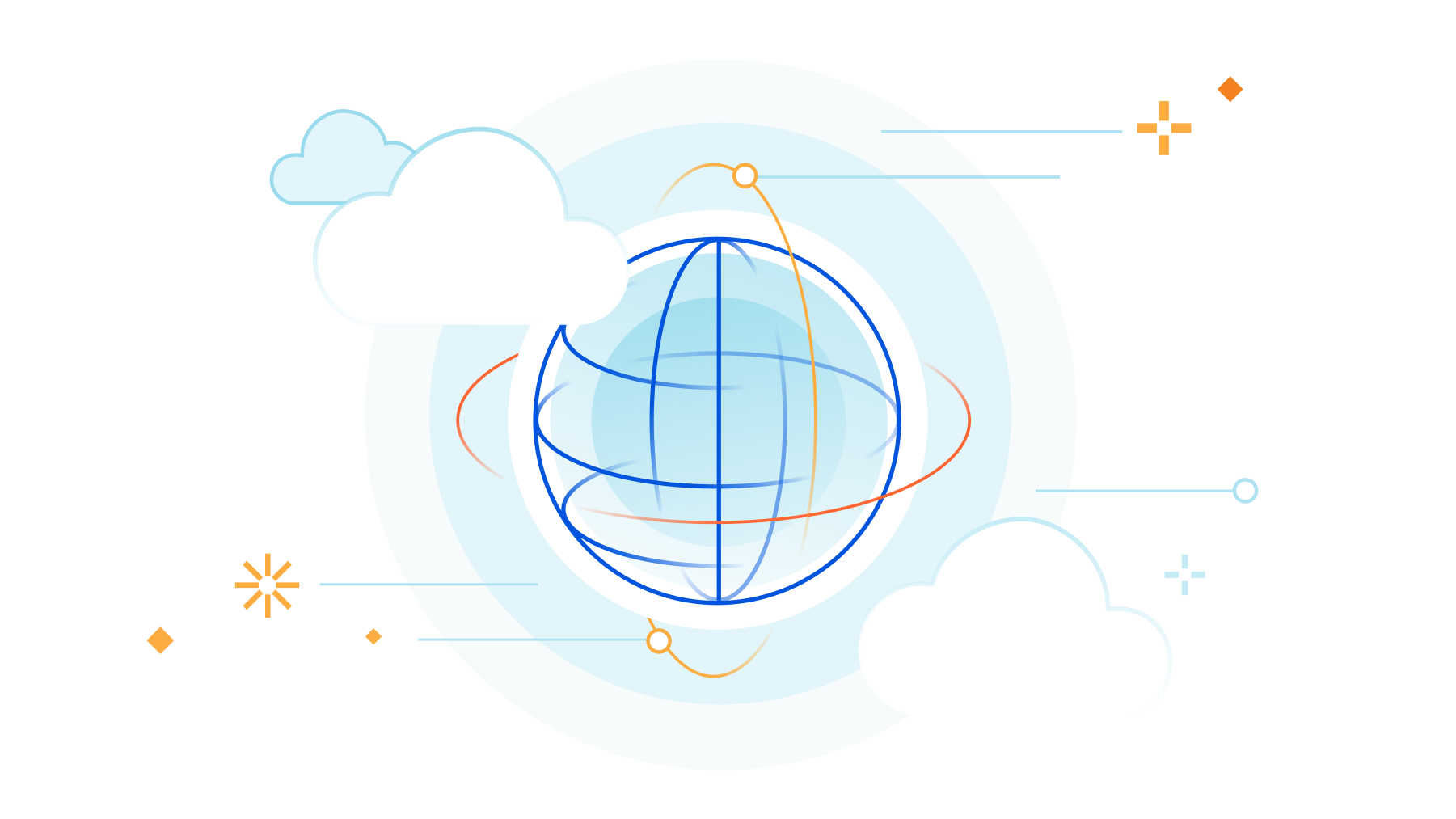

 s SP 800-207 [Zero Trust Architecture] as the hot new thing, but the fact is, zero trust network models have been around for over a decade.
s SP 800-207 [Zero Trust Architecture] as the hot new thing, but the fact is, zero trust network models have been around for over a decade. 